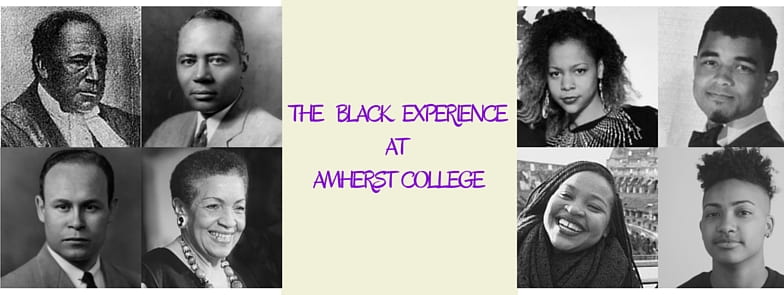This week I really wanted to find more information about the Black Cultural Center library. I began to think about the importance of a library. At a recent BSU Meeting, we did a privilege walk and one of the statements was, “I grew up with more than 20 books in the house.” Many students stepped forward and I began to think about the importance of the presence of literature and printed materials in a home. In a lot of ways, the mere existence of and access to books in a home setting initiates a person’s relationship with reading and writing. Home reading was how I learned about black history since I was not being taught about those topics in school.
The Black Cultural Center was a second home for many students. On a campus built for white men, it was so crucial for black students to have a space with books written for and by people of color. So now I am able to understand how important it was for The Black Cultural Center to have its own library and this is reflected in the documents I have found thus far.
Back from one of my first responses, I listed the Afro-American Society demands from 1969. The library was included in the original vision of the space:
“III. Black Cultural Center
- Authorization to name rooms in the Center after prominent black people.
- Establishment of a budget of at least $15,000 for the yearly maintenance of the Center.
- Books for the library
- Records for record collection
- Speakers
- Artifacts
- All funds needed by the Afro-American Society for the completion of its plans now in the Dean’s office be allocated by Spring Vacation.
- Complete control of the Black Cultural Center”
Also on December 12, 1975, Janice C. Denton wrote a note to the Afro-American Society detailing a proposal for the development of the library. There was to be a book selection committee, which was to consist of the college librarian, a staff member, and a faculty member of the Black Studies Department. The letter also listed the types of books to be purchased, which include introductory Black Studies course books, periodicals and newspaper (which explains the stacks of newspapers in the Octagon) and advanced monographs. The students hoped the Back Cultural Center library would not only be regulated by Frost but also integrated into the Amherst College Library system.
While searching through the Octagon I found a series of documents dated back to December 6, 1980, titled “The Posner Fund”. One letter details the financial status of the library. In 1969 the Posner Family pledged $5,000 to be used for the purchase of books for the Black Cultural Center Library. This money was pledged in honor of Stanley I. Posner ’30, whose son, Lawrence D. Posner, also attended Amherst and graduated in 1959. The Lillian and Stanley Posner Foundation actually still exists, now under the name Posner-Wallace Foundation. When the gift was first given, the money was not established as an endowed fund. At the time, the criterion for an endowed fund was $3,000. But books were purchased leaving the balance at $1,833.75. So in April 1978 the president added $1,166 and established it as an endowed fund. The annual yield of the fund was $166, which allowed the group to pay for subscriptions and to continuously expand the library. Next week I will look into what happened to that fund and look more into the Posner family to understand their interest and connection to the Black Cultural Center.
